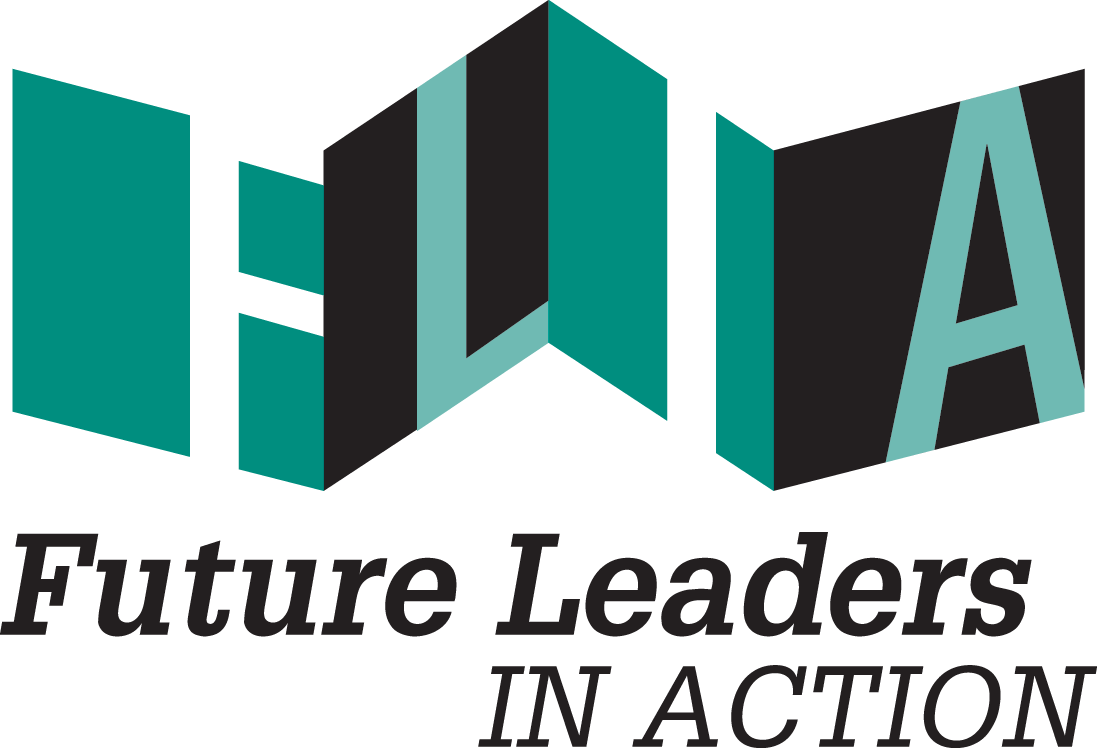Time and time again, organizations aimed to help lead youth into their careers forget about participants once they graduate from the organization. The reality is, once you graduate from the organization, the connections that were once strong, slowly start to get weaker and less communication takes place.
Developing a well rounded alumni program would help graduated participants to have a sense of direction as they are finding their career paths or serve as a resource as they navigate different chapters of their lives.
The mission of a nonprofit organization is to help communities that are under-resourced and are lacking resources for those community members. The goal is to improve the quality of life of such communities and guide them to a more sustainable lifestyle. There are many nonprofits who serve the youth and support them throughout the academic school year. Some nonprofits commit to participants throughout their school careers up until their high school graduation. However, there is a great disconnection once those participants become alumni and are no longer active participants. They are then faced with the adversity of not having the support they once had. My solution to this problem would be to better design alumni programs in order to continue being a support system for alumni.
Developing a well rounded alumni program would help graduated participants to have a sense of direction as they are finding their career paths or serve as a resource as they navigate different chapters of their lives. It is important to understand that life beyond graduating the program may become increasingly difficult and many challenges may arise. Having an alumni program creates a support tool for these alumni and helps motivate them to take risks.
Alumni programs don't often focus on long term strategies, but rather engage in short term plans. Many of these programs offer services for new graduates and tend to not be as engageful with older alumni. The services may include check-in, but may not offer workshops or activities that include all alumni. This does not motivate alumni to take risks in their careers, but rather motivates them to remain stagnant since the program will not always be there to act as a safety net.
It may be hard at first to determine how to create a successful alumni program, but an article published by Stanford University explains that alumni programs should be something a nonprofit should invest in. It should not be created to simply let alumni to connect with each other, but rather be a secondary resource for their careers. It begins with recruiting leaders who want to be involved within their community and who can relate to those still trying to figure out their paths. In addition, alumni programs would be better if they trained their alumni or hosted events where alumni would have the opportunity to gain the knowledge on how to be an active alumni. This could include a mentorship program, panels, social gatherings, monthly check-ins or an alumni institute. This allows alumni to feel like they are supported by the organization and allows them to connect with older alumni or younger alumni.
Many nonprofit organizations have taken the next step in order to make their alumni programs more beneficial to past participants and still be a resource for them. One program that has done a fantastic job is the Fiver’s Children Foundation. I met with the current alumni coordinator, Erik Alan Cooper Jr., and discussed the role Fiver plays for alumni and how much of a resource the organization is. They explained how the alumni program offers check-ins with past participants. They also explained how Fiver attempts to plan networking and social events in order to create a community where everybody feels welcomed and can rely on each other for support. This is the type of development more nonprofit organizations should consider taking to better their alumni programs and keep in contact with past participants.



